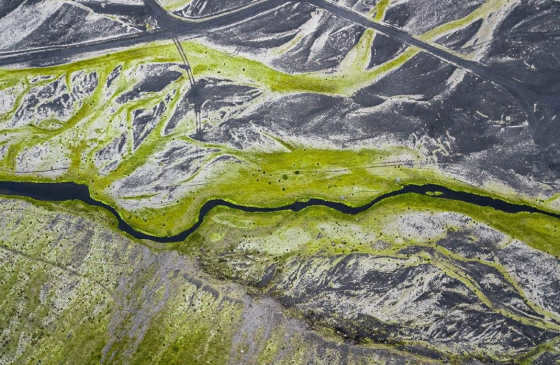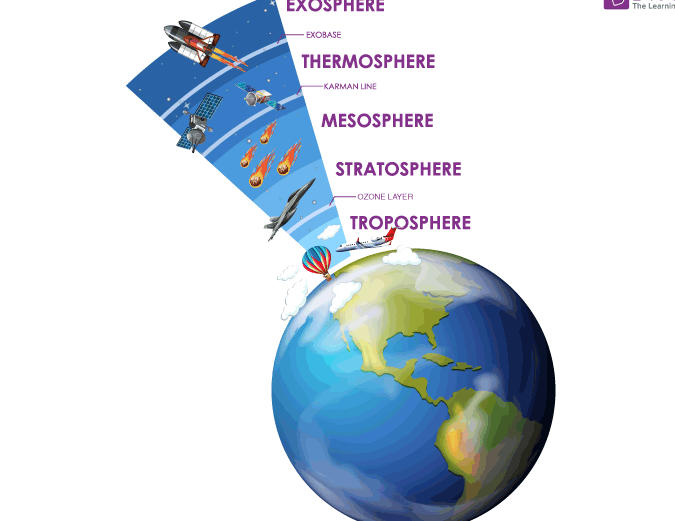
Atmosphere and climate
The air, commonly known as the atmosphere, is the vital component that sustains life on our planet. Composed of a mixture of gases and possessing distinct characteristics and dimensions, the Earth’s atmosphere plays a crucial role in shaping our weather patterns and supporting diverse ecosystems. Let’s explore the composition and structure of the Earth’s atmosphere, as well as the unique atmospheric conditions found on other celestial bodies.
What exactly is the atmosphere?
The atmosphere refers to the gaseous envelope surrounding a celestial or astronomical object, maintained by the gravitational forces acting upon it. This phenomenon is not exclusive to our planet, as it can be observed on numerous other massive celestial bodies.
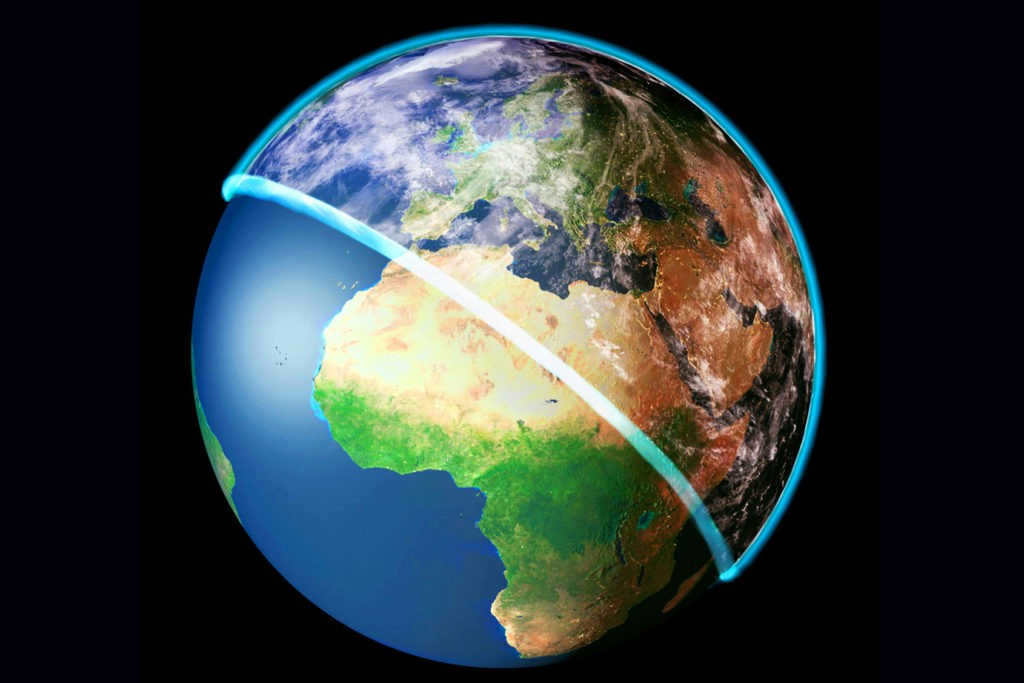

Scientists typically do not establish distinct demarcations between the atmosphere and the interplanetary region. Consequently, the term “atmosphere” commonly pertains to the space containing the gaseous makeup that envelops a celestial object. The extent of this gaseous layer can vary.
The composition of the envelope, also known as the atmosphere, is a combination of specific gases. It is important to highlight that the original chemical makeup is influenced by the characteristics of the Sun during the planet’s early formation. As time progresses, the presence and quantities of certain substances within the envelope undergo changes as a result of evolution.

The Earth’s atmosphere is primarily made up of gases, along with various impurities like water particles, dust, ice, combustion products, and others. The mixture is composed of 78% nitrogen and 21% oxygen. Other elements present include argon, carbon dioxide, helium, hydrogen, and more.
Did you know? While the majority of the Earth’s atmosphere’s components remain relatively stable over time, the concentration of carbon dioxide has been gradually increasing since the 19th century. Currently, it stands at around 0.04%.
Scientists state that the shell’s boundaries in outer space terminate in the exosphere (estimated altitude – 500-1000 km), despite the seamless transition. The aviation and astronautics sectors hold differing opinions regarding the end of the atmosphere.
The International Aviation Federation, for instance, designates the boundary mark as 100 km. Aircraft do not surpass this limit, and spacecraft and shuttles, upon reaching a height of 122 km, transition to aerodynamic control. Thus, NASA suggests adopting this mark as the boundary.
The Earth’s atmosphere in ascending order of layers
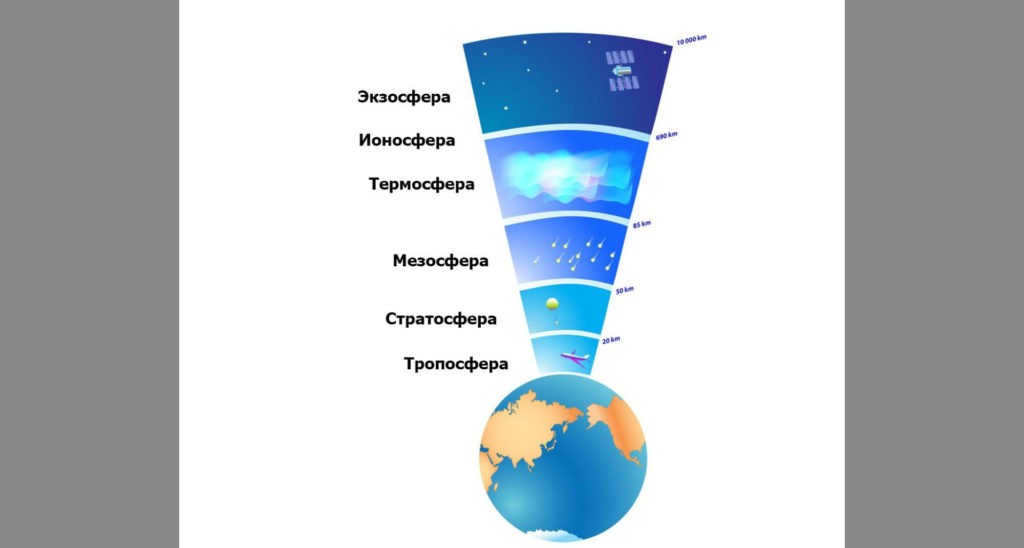
Scientists identify different layers within the atmosphere, including the main layers and additional boundary layers. These layers, in ascending order, are:
- Planetary boundary layer;
- Troposphere;
- Tropopause;
- Stratosphere;
- Stratopause;
- Mesosphere;
- Mesopause;
- Karman line;
- Thermosphere;
- Thermopause;
- Exosphere.
Planetary boundary layer
The lowest layer of the troposphere, with a thickness of 1-2 km. The condition of the atmosphere in this region, as well as any changes it undergoes, are directly influenced by the Earth’s surface, also known as the underlying surface. This layer is further divided into three additional layers (in ascending order):
Troposphere
The troposphere is the initial layer of the atmosphere. It is situated at an elevation of 6 to 20 km (varying with latitude: lower in polar regions, higher in tropical regions). Generally, the troposphere is more elevated during summer compared to winter.

This balloon is the one we are most familiar with as it is the place where weather conditions are formed, such as atmospheric fronts, clouds, cyclones, anticyclones, and others. The troposphere is made up of a heterogeneous composition, consisting of approximately 80% atmospheric air and 90% water vapor. Additionally, this is where phenomena like convection and turbulence occur.
Here’s an interesting fact: The temperature in the troposphere decreases by approximately 0.65 degrees for every 100 meters of altitude.
Tropopause
The tropopause acts as a middle layer between the troposphere and the stratosphere. Within this region, the decrease in temperature comes to a halt. French meteorologist Leon de Boer first identified the existence of this transitional zone in 1902.
The tropopause’s thickness can range from a few hundred meters to a couple of kilometers. In certain regions, there are discontinuities and multiple transitional layers present.
The following layer of the atmosphere is known as the stratosphere, which can be found at an elevation of 11-50 kilometers. The atmospheric conditions within this particular layer are in a constant state of flux as one moves higher in altitude. To illustrate, between 11-25 km, the temperature begins to rise ever so slightly. Once above 25 km (up to 40 km), it experiences a steep increase to 0℃ and then maintains a relatively stable state.
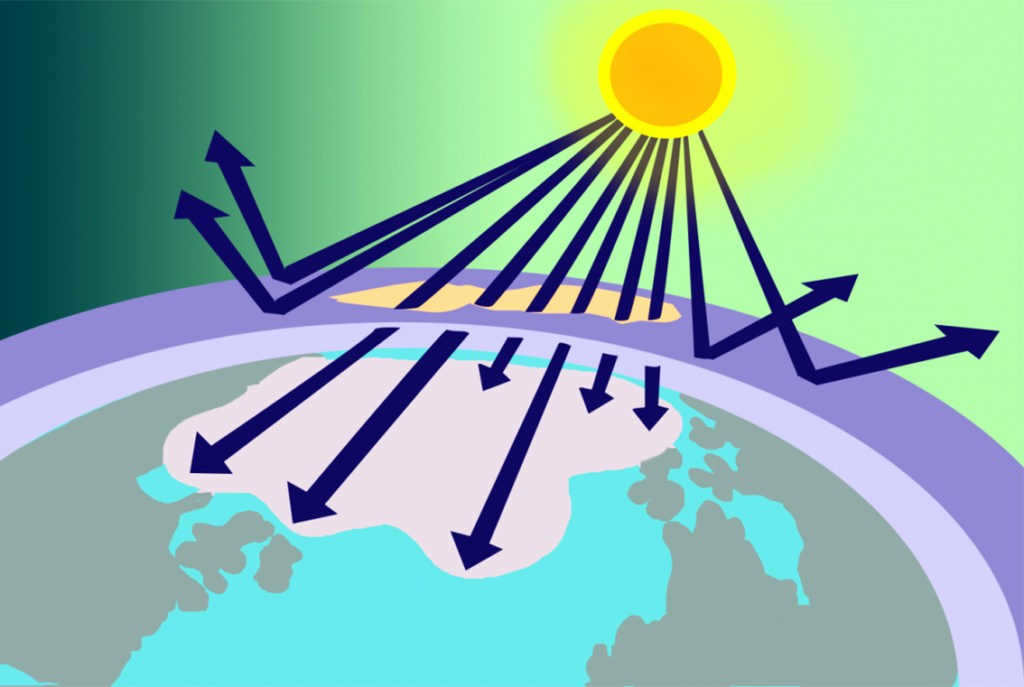

In contrast to the troposphere, the stratosphere possesses a more uniform local environment. It contains minimal amounts of water vapor. It is within this layer that the ozone layer is situated, with its approximate altitude ranging from 15-20 km up to 55-60 km. The peak formation of ozone occurs at around 30 kilometers in height. The stratosphere is the site of various light-related phenomena, including the northern lights and zarnitsa.
Fascinating fact: The exploration of the stratosphere began in the 1930s. In 1931, O. Picard and P. Kipfer ascended to a height of 16.2 km aboard the first stratostat – FNRS-1. This achievement served as inspiration for Soviet scientists, who then constructed their own stratostats. In 1933, the USSR-1 reached a height of 19 km, setting a new record in the process.
The region between the mesosphere and the stratosphere is known as the stratopause. This layer is located at an altitude of 50-55 km above sea level and maintains a temperature of 0℃. When the temperature decreases, the mesosphere begins. This type of boundary layer can also be found on other planets that have an atmosphere.
The Mesosphere
The mesosphere extends from approximately 50 km to 80-90 km in altitude. As one ascends higher, the temperature continues to decline. The coldest temperatures near the adjacent boundary layer can reach as low as -80℃.
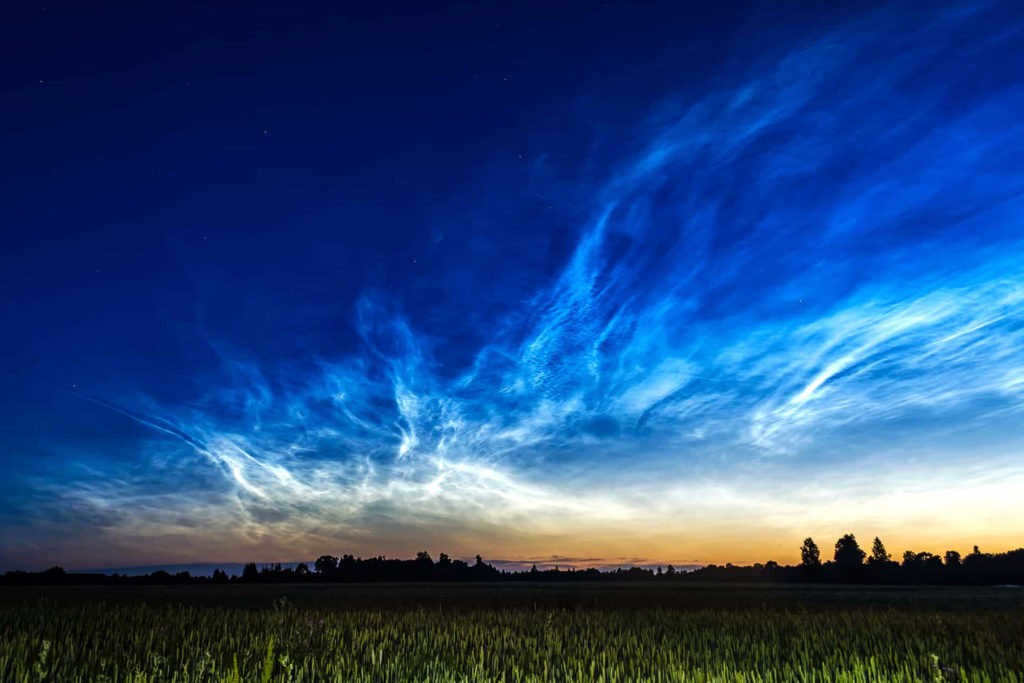
The mesosphere is composed of 80% nitrogen and 20% oxygen. When meteoroids enter this region, they ignite and disintegrate. Additionally, silver clouds occasionally manifest in this layer. This occurrence is exceptionally uncommon and typically transpires during the summer season as a result of colder temperatures.
Mesopause
The mesopause acts as the dividing line separating the mesosphere and the thermosphere. Within the mesopause, the temperature drops to a minimum of approximately -100℃. This layer spans a height of around 80-90 km. Additionally, it marks the boundary of the area where intense absorption of ultraviolet solar radiation takes place. Similar to the stratopause, the mesopause is present on various other planets.
Higher than the mesopause, the Karman line (conditional) is located at an altitude of 100 km, as recognized by the International Aviation Federation. This line acts as the dividing point between the Earth’s atmosphere and outer space, although the air envelope does not abruptly end here. Additionally, at this elevation, the borders of all nations come to a close.
Fascinating fact: The German rocket “Fau-2” first crossed the Karman Line in 1944. Furthermore, the first mammals to successfully traverse the line and return were two dogs named Desik and Gypsy (USSR, 1951).
The Karman Line begins around 90 km above the Earth’s surface and extends closer to 800 km. It is characterized by a significant increase in temperature with altitude (up to 300 km), and then remains consistently high. However, due to varying solar activity and UV radiation absorption, its temperature index fluctuates between 200 and 2000 K.


Uninhabited satellites and manned spacecraft traverse this region. Due to the low density of air in the thermosphere, aircraft are not affected by the high temperatures. Additionally, the phenomenon of the aurora borealis can be observed at this elevation.
Thermopause
Situated at an elevation ranging from 400-800 km, contingent upon solar activity. This atmospheric stratum is distinguished by a comparably unvarying temperature. It can oscillate within the range of 500-2000 K. The consistent temperature is attributable to the absence of any energy sources apart from the Sun at this altitude.
Exosphere
The exosphere is the outermost layer of the Earth’s atmosphere, extending from an altitude of about 500-1000 km. It is composed of a rarified gas known as plasma, which slowly diffuses into outer space. As the altitude approaches the 2000 km mark, the exosphere gradually transitions into the near-space vacuum.
What is the weight of the Earth’s atmosphere?

The total weight of the air on Earth is approximately (5.1-5.3) x10 18 kg. This includes both dry air and water vapor. The weight of air was first discovered by Evangelista Torricelli in 1643 through an experiment involving mercury and a glass container. Air, like any other substance, is composed of atoms and molecules.
Physical characteristics. Air pressure
The fundamental attributes of the atmosphere include:
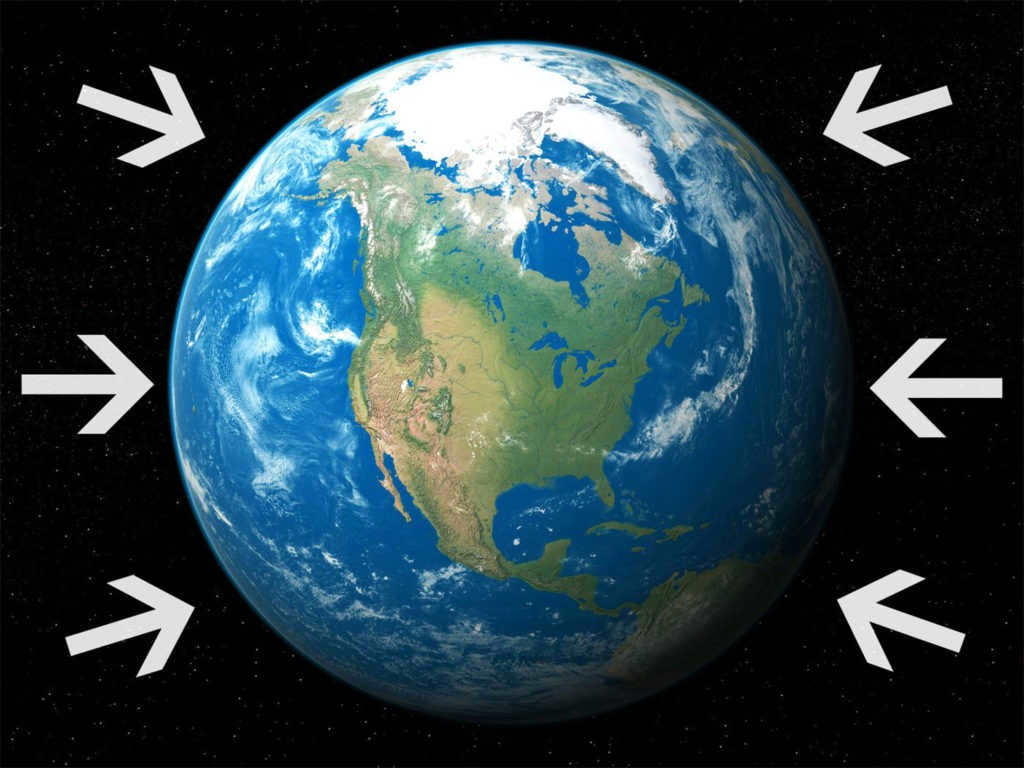
- The density of the air above the surface of the sea is 1.2 kg/m3;
- The pressure at zero degrees Celsius is 101.325 kPa;
- The mass of water vapor in the air is 1.27×10^16 kg.
The air envelope possesses a property known as atmospheric pressure, which warrants special attention. It is the force exerted by the air on the Earth’s surface and any objects situated on it.
Due to the weight of the air, it is subject to the force of gravity, resulting in the formation of pressure. Various factors contribute to the instability of its measurement. For instance, the mass of air surrounding the planet varies across different regions, influenced by atmospheric circulation.
Additionally, the pressure is influenced by the composition of the atmosphere, as each gas possesses a unique density. As the atmospheric layer thins out, its density decreases, leading to a drop in pressure.
What was the process of atmosphere formation?
According to the prevailing hypothesis, the formation of Earth’s atmosphere occurred in three distinct phases. Initially, it consisted mainly of light gases such as helium and hydrogen, giving rise to what is known as the primary atmosphere.
Over time, additional gases, including ammonia, water vapor, and carbon dioxide, became part of the atmospheric composition. This was facilitated by intense volcanic activity, which led to the accumulation of these gases. This stage is referred to as the secondary atmosphere.
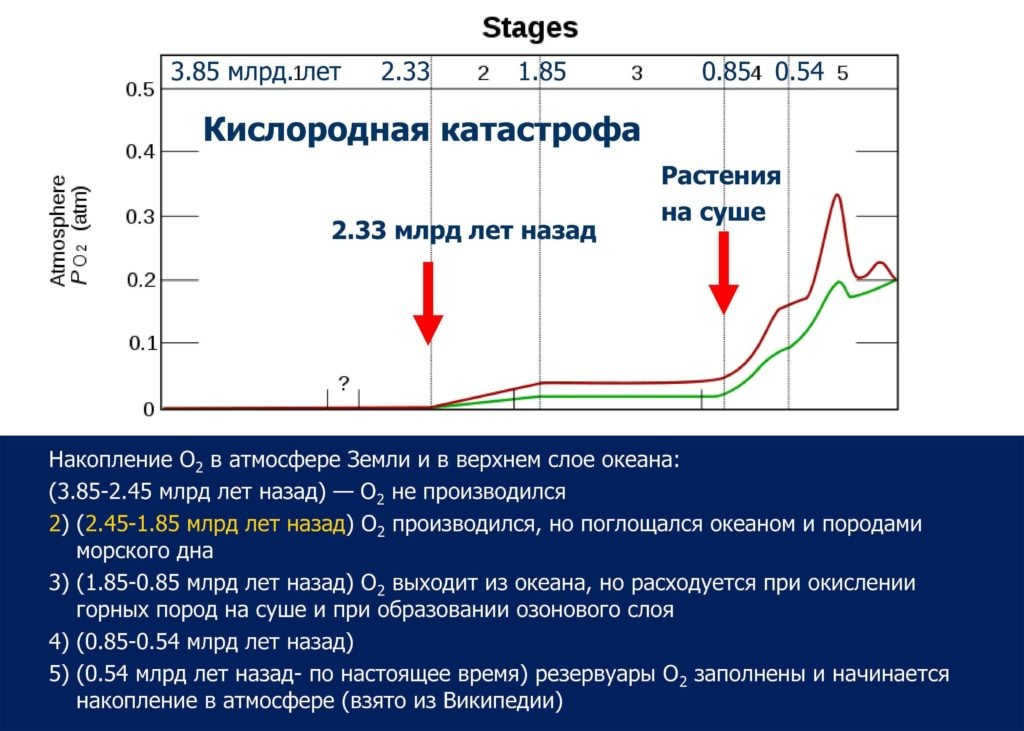
The tertiary atmosphere came into existence due to multiple processes. Initially, a variety of chemical reactions took place within its boundaries, triggered by thunderstorms, UV radiation, and other phenomena.
Furthermore, during the initial stage, the shell absorbed light gases from space, but now they began to evaporate instead. Consequently, the composition became richer in carbon dioxide and nitrogen, while hydrogen levels decreased.
Fascinating fact: Scientists hypothesize that more than 2 billion years ago, an oxygen catastrophe occurred on Earth. As a result of intricate processes, oxygen started accumulating in the atmosphere. This led to the emergence of aerobic organisms and a significant alteration in the atmosphere’s composition.
The existence of living organisms on our planet is only possible thanks to the presence of the air shell. Organic life is directly reliant on it and the various processes it facilitates. The atmosphere is composed of several essential elements, including oxygen, water vapor, nitrogen, ozone, and carbon dioxide.


Significance of atmospheric gases:
- Oxygen – plays a crucial role in supporting aerobic organisms by oxidizing organic matter and generating energy.
- Carbon dioxide – is absorbed by plants, which participate in the process of photosynthesis and produce organic matter.
- Nitrogen – is essential for plant nutrition.
- Ozone – absorbs ultraviolet radiation and provides protection against solar radiation for living organisms.
- Water vapor – condenses, forms clouds, and contributes to precipitation.
- All atmospheric natural occurrences can be categorized into 5 groups:
- Precipitation (hydrometeors);
- Optical phenomena;
- Lithometeors;
- Electrical phenomena;
- Other phenomena.
All forms of precipitation are referred to as hydrometeors. Rain, snow, and hail happen when there is a limited amount of water vapor in the atmosphere.
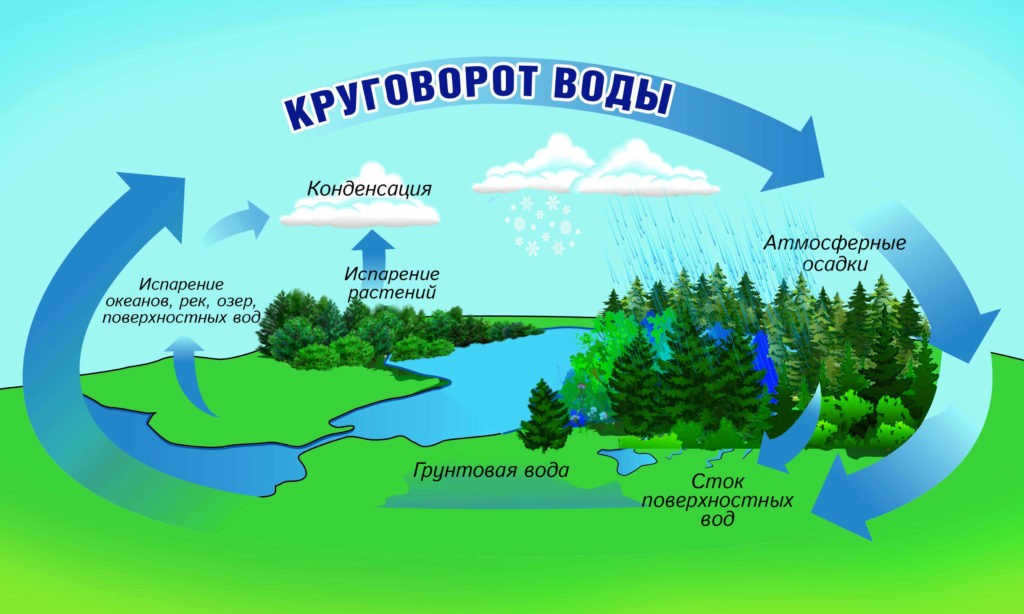
In this scenario, the cooling of unsaturated air leads to its supersaturation, resulting in the condensation and precipitation of water particles onto the surface. This group also encompasses precipitation that forms on the surface, such as fog, ice, frost, hoarfrost, dew, and more.
Optical atmospheric phenomena encompass a range of phenomena, including rainbows, mirages, dawns, green rays, and others. Polar lights, however, do not fall into this category due to their different origin.
One of the most well-known phenomena is the rainbow, which occurs as a result of sunlight being refracted by the atmosphere. White light, consisting of multiple waves, splits into various colored rays due to the refraction.

The green ray appears during sunrise or sunset, as long as the horizon is unobstructed and there are no clouds present. This phenomenon is also caused by the refraction of sunlight. However, unlike a rainbow, the rays converge and within seconds, one can witness a green ray or the uppermost part of the sun’s disc.

Various kinds of optical illusions happen when light is bent at the interface between air layers with varying temperatures and densities. In this instance, it is possible to observe an actual object in the distance as well as its atmospheric reflection.
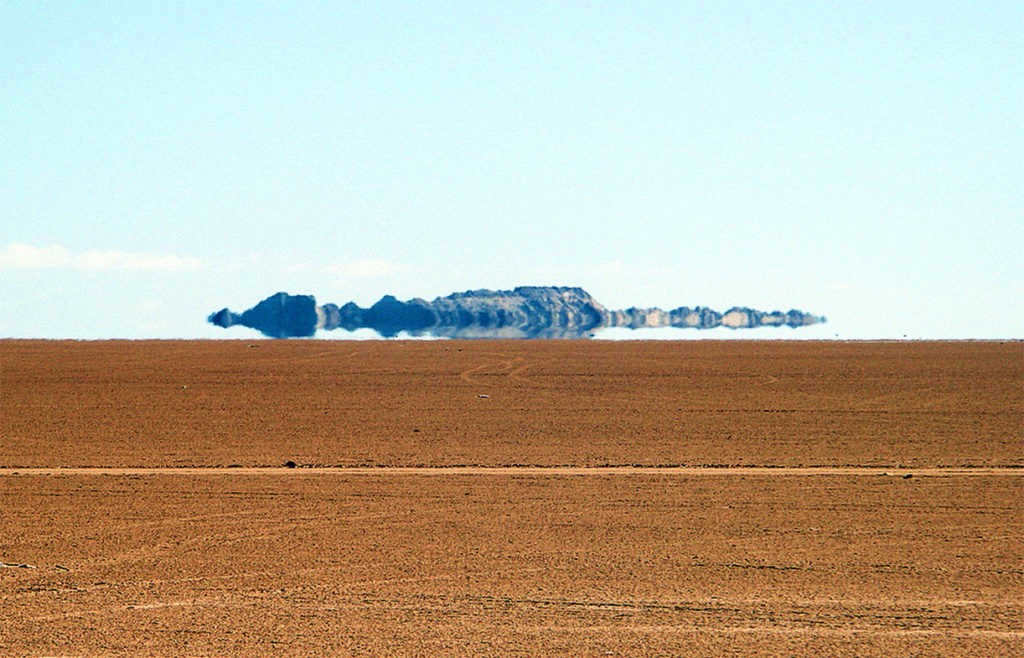
A phenomenon known as dawn can occur both in the morning and in the evening. It is characterized by the radiant glow that can be observed in the sky when the sun rises or sets below the horizon. The appearance of dawn is caused by the reflection of light rays from various layers of the atmosphere. As the position of the sun changes, the colors of dawn gradually shift and transform.

The third classification of lithometeors encompasses events linked to tiny particles, including sand and dust. This classification includes sandstorms, dust storms, dust haze, and other similar occurrences. These events are typically observed in desert regions.
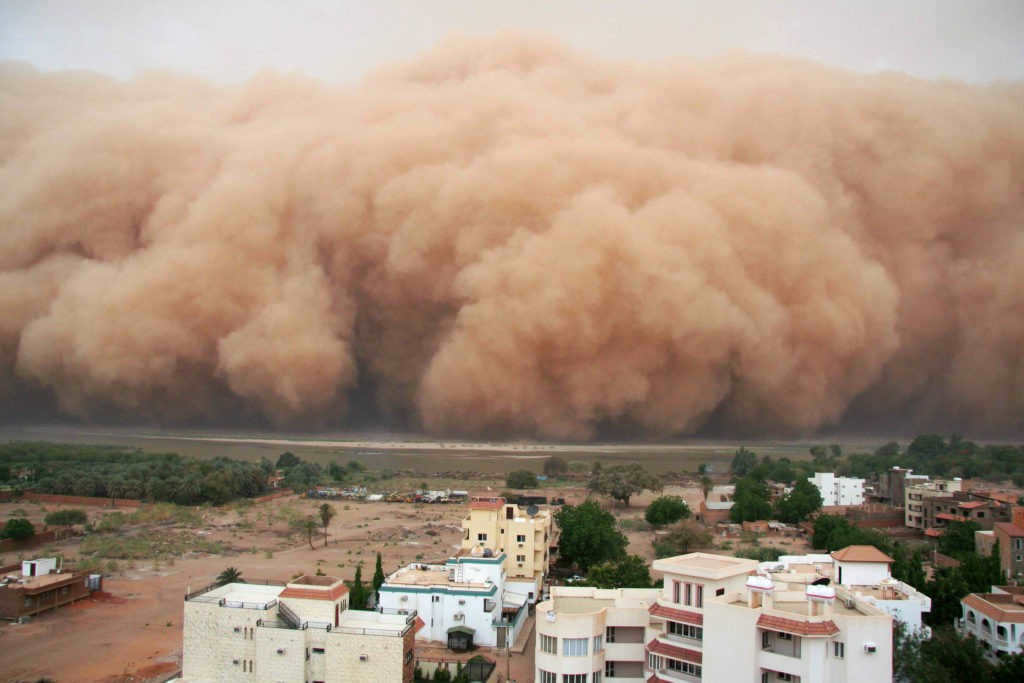
Various atmospheric events consist of electrical phenomena such as lightning, thunderstorms, and aurora borealis. Thunderstorms are accompanied by both lightning and thunder, with electric discharges happening within clouds or between clouds and the ground. One mysterious phenomenon is ball lightning, which still has an unknown nature.
The phenomenon of polar lights, known as the northern and southern lights, occurs in the upper layers of the atmosphere surrounding the Earth’s magnetic poles. The glowing effect is a result of the interaction between ionized particles from the solar wind and the atmospheric layers.
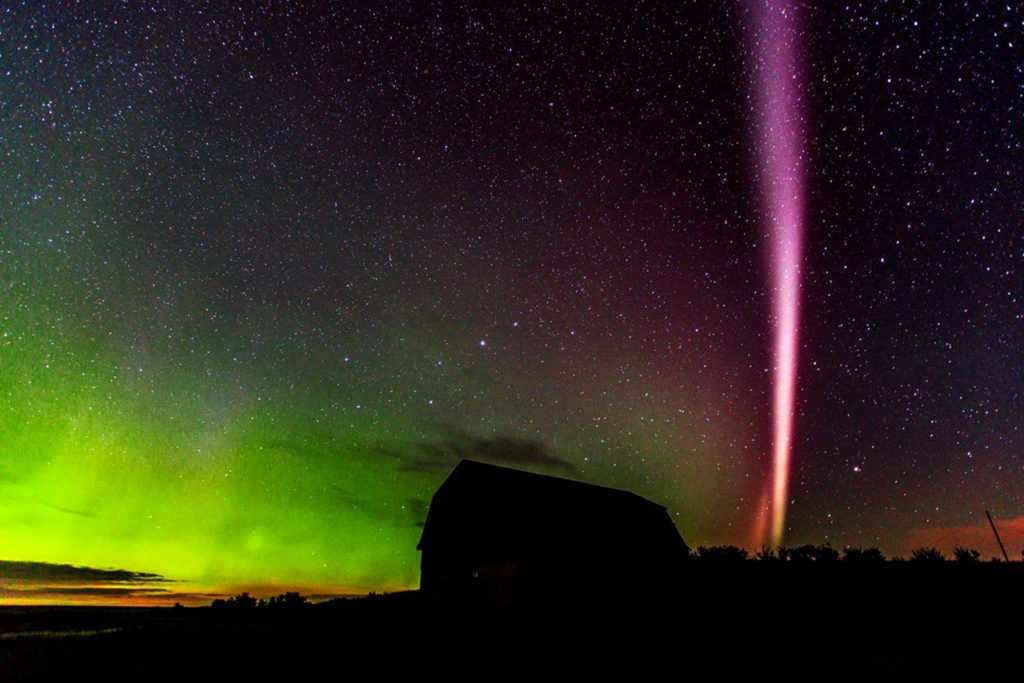
Steve is a unique form of aurora borealis characterized by its purple ray. Its discovery took place in the year 2017.
Fascinating fact: The phenomenon of aurora borealis is not exclusive to Earth, as it has also been observed on other celestial bodies such as Venus, Mars, Saturn, Jupiter, Uranus, and Neptune. Astronomers document these occurrences using telescopes designed for space observation, such as the Hubble telescope.
The fifth classification includes various atmospheric phenomena that do not fit into the four previously mentioned categories. This category encompasses weather events such as hurricanes, squalls, and tornadoes, which are all characterized by their strong winds.
The impact of human activity on the atmosphere
The economic activity of mankind is the main driver of atmospheric changes, which unfortunately have a negative impact. An alarming example of this is the significant increase in carbon dioxide levels in the air envelope over the past couple of centuries, rising from 2.86 x 10-2 to 3.8 x 10-2. This concerning trend can be primarily attributed to the widespread destruction of forests and the burning of carbon-based fuels such as oil, coal, and gas.
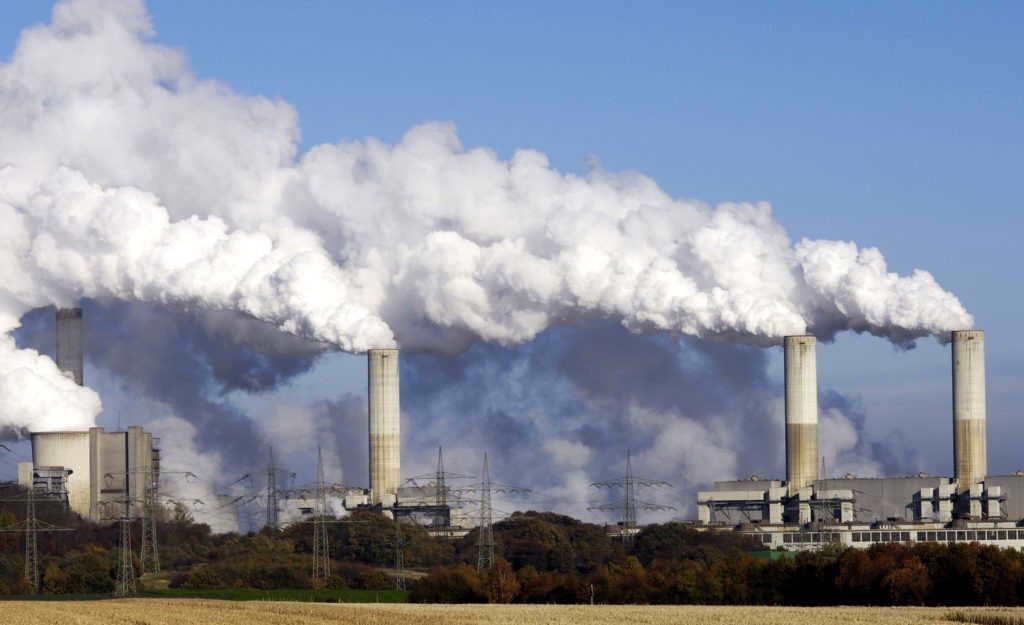
The quantity of methane emitted by the production of oil and gas has also seen an increase. Furthermore, the presence of freons in the atmosphere was virtually nonexistent until the middle of the 20th century. These substances have detrimental effects on the ozone layer, contributing to the development of the greenhouse effect and global warming.
In addition, human activity influences natural atmospheric processes by altering weather patterns: cloud dispersion, fog creation, artificial precipitation enhancement, and more.
Permanently active meteorological stations and posts are strategically placed across all continents and numerous islands on our planet. They serve the purpose of continuously monitoring the atmosphere and the processes that take place within it.
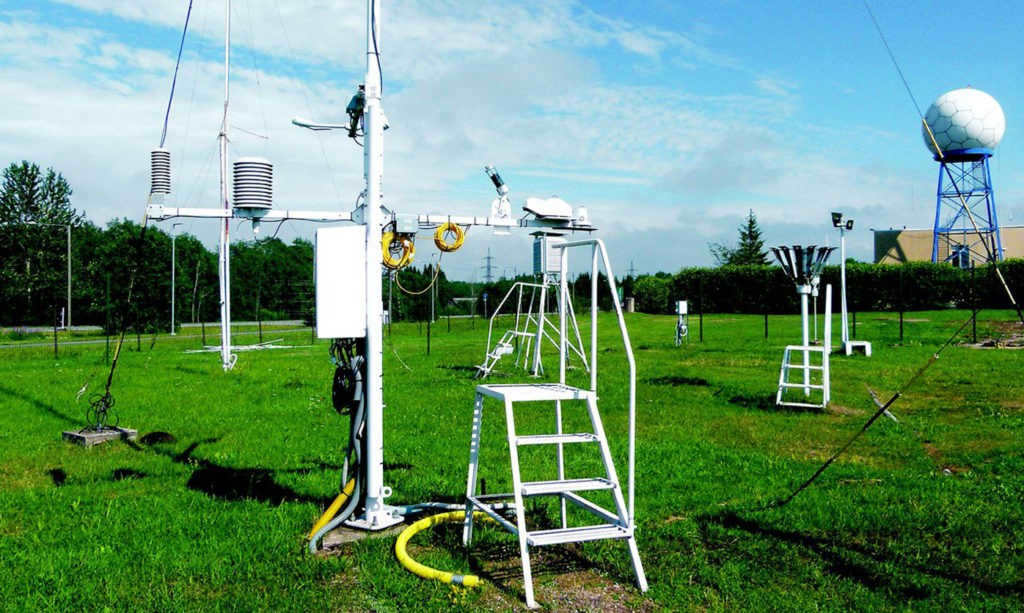
Experts gather information on the state of the atmosphere, including factors such as humidity, temperature, precipitation, cloud cover, wind speed, and atmospheric pressure. Additionally, actinometric stations monitor solar radiation levels.
Various types of weather phenomena are studied, and the air’s chemical composition is analyzed. Measurements are also taken at aerologic stations located at high altitudes, reaching up to 35 km.
Observations are conducted on both land and sea, with “weather ships” stationed in the ocean. The use of meteorological satellites has also led to an increase in data collection. These satellites use specialized instruments to capture images of clouds and measure solar radiation across different wavelengths, including microwave, ultraviolet, and infrared.
Pollution of Earth’s Atmosphere
The Earth’s atmosphere is subject to pollution from both natural and human activities. Pollution can take the form of physical, chemical, or biological contaminants. Some of the primary pollutants in the atmosphere include:
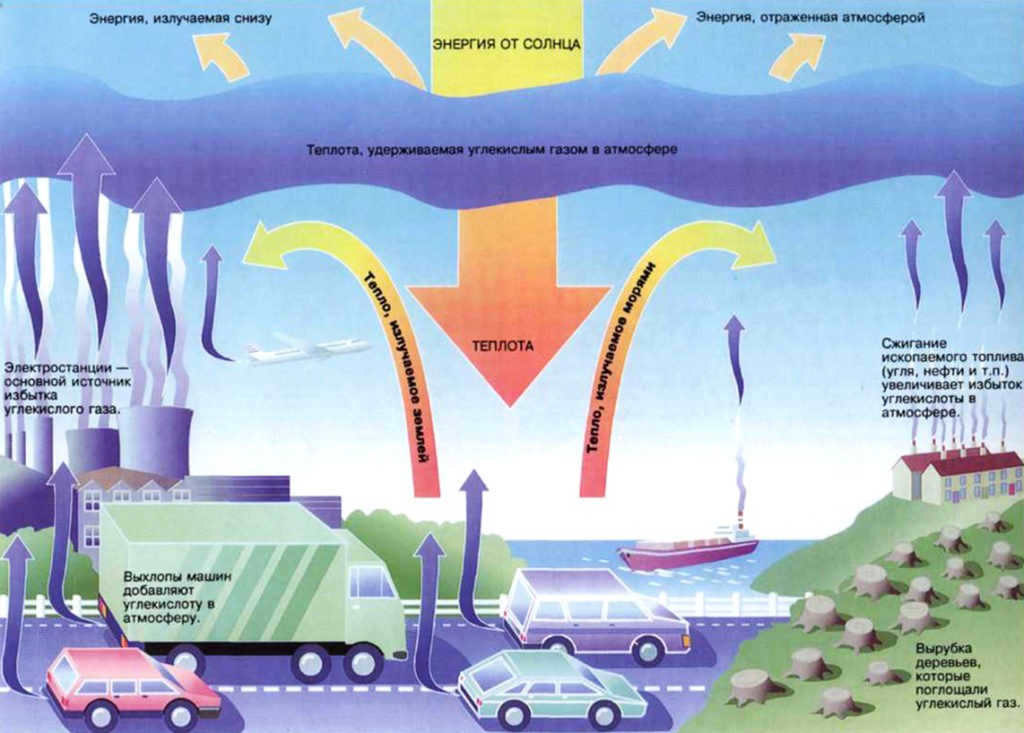
- Carbon monoxide (CO). The burning of fossil fuels produces carbon monoxide, which is detrimental to health as it deprives the bloodstream of oxygen.
- Carbon dioxide (CO2). It is a byproduct of carbon oxidation and is classified as a greenhouse gas.
- Sulfur dioxide (SO2). It is created during the combustion of sulfur-containing fuels such as coal and during the processing of sulfurous ore. Approximately 190 million tons of sulfur dioxide are released into the atmosphere each year, leading to the formation of acid rain.
- Ozone (O3). Among all gases, ozone is considered the most toxic to humans. It is a compound found in the lower atmosphere.
- Nitrogen oxides, which are generated during combustion processes, contribute to pollution. They are also released into the air through the production of fertilizers, acids, and other chemicals. Approximately 65 million tons of nitrogen oxides are emitted annually, with transportation being the primary source.
- Lead, a hazardous metal, is released into the atmosphere through emissions from transportation exhausts and its widespread use in various industries.
- Hydrocarbons, a diverse group of substances present in chemical liquids, solvents, gasoline, and more, are another source of pollution.
The level of air pollution is significantly increased by the emissions of industrial dust and aerosols, which are primarily caused by human activities.
While other planets also possess gas envelopes, they vary greatly in composition and characteristics compared to Earth’s atmosphere.
Venus’ atmosphere is composed mainly of carbon dioxide and nitrogen, with a much higher density and temperatures reaching close to 500℃. Clouds on Venus are formed by sulfur dioxide and acid, and the greenhouse effect is also present.
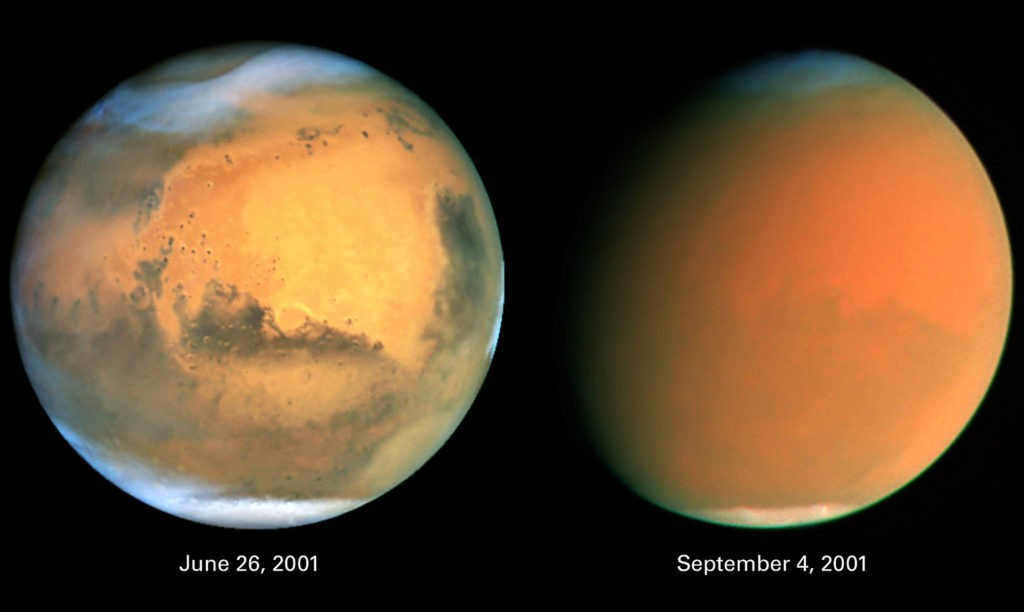
Mercury’s atmosphere is thin – the pressure is 5 x 10 11 lower than on Earth. Its elements are spread out in space due to the absence of gravity and a magnetic field.
The gaseous layer of Mars is primarily made up of carbon dioxide. It is 200 times smaller than Earth’s, and the pressure is lower (similar to being at an altitude of 35 km). On Mars, there are instances of fog, rain, and snow. Additionally, there are auroras and dust storms.
Fascinating fact The Moon possesses an atmosphere. However, it has minimal impact on the satellite due to its thinness and low pressure. Hydrogen, helium, neon, and other gases have been discovered in its composition.
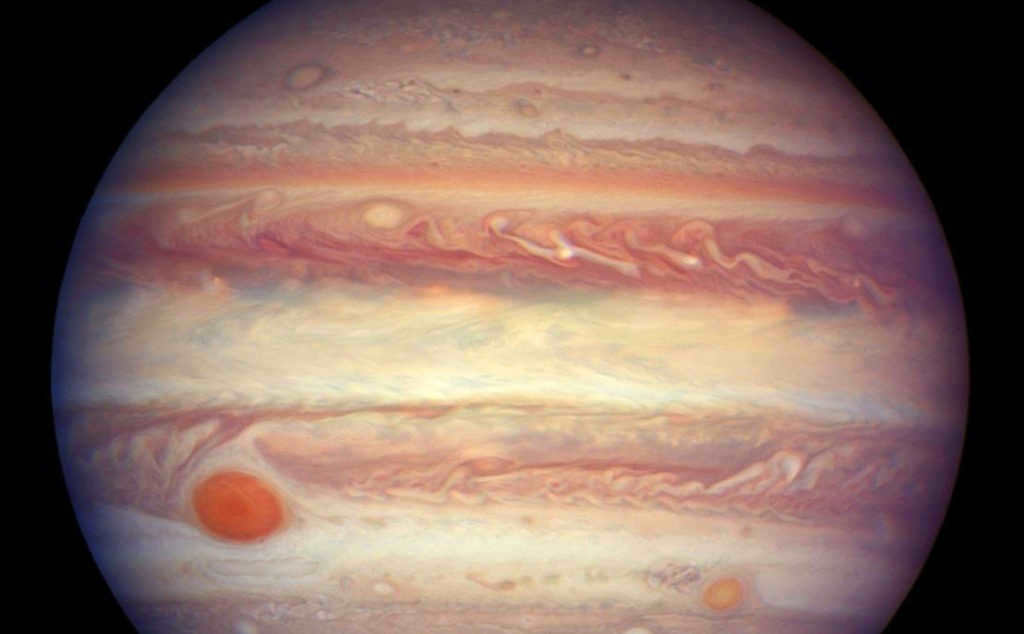
Jupiter possesses the largest atmosphere among all the other planets in the solar system. Its composition mainly consists of hydrogen and helium, which mirrors the chemical composition of the planet itself. The gaseous envelope is also comprised of multiple layers. The Great Red Spot, an atmospheric vortex that is the largest in our solar system, is of particular interest to scientists.
If you happen to come across any errors, please highlight the text fragment and press Ctrl+Enter.
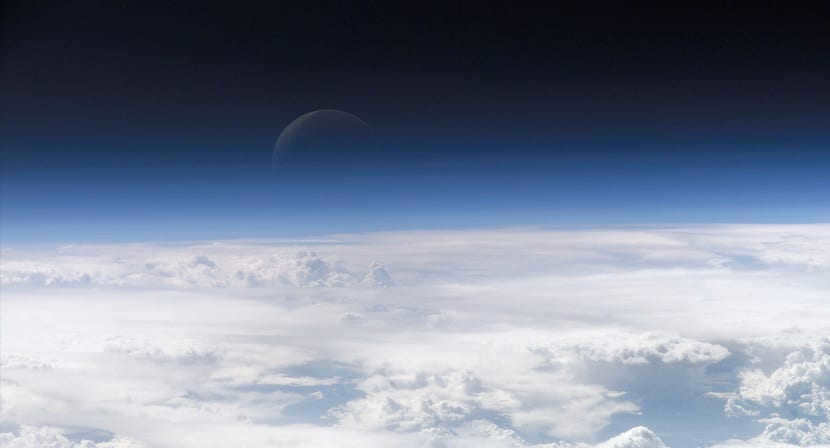
In a previous article, we discussed the different layers and subsystems of Planet Earth. The geosphere is responsible for the inner layers of the Earth, while the biosphere is where life thrives. The hydrosphere encompasses all the water on our planet. Lastly, we have the atmosphere, which is another crucial subsystem of Earth. So, what exactly are the layers that make up the atmosphere?
The atmosphere, which is composed of various gases, envelops the Earth and serves multiple purposes. One of its crucial functions is to provide the necessary amount of oxygen for sustaining life. Additionally, the atmosphere plays a vital role in shielding us from the sun’s radiation and external elements from outer space, including smaller meteorites or asteroids.
Composition of the Earth’s Atmosphere
The Earth’s atmosphere consists of various gases with varying concentrations. The primary component is nitrogen, accounting for 78% of the atmosphere. Nitrogen is considered neutral as it is breathed in but not assimilated or utilized by the body. However, we rely on oxygen, which makes up 21% of the atmosphere, for our survival. Oxygen is essential for all living organisms except anaerobic organisms. Additionally, the atmosphere contains a small proportion (1%) of other gases such as water vapor, argon, and carbon dioxide.
What is the structure of the atmosphere?
As mentioned previously, as we move upwards, we come across various layers that make up the atmosphere. Each layer has its unique characteristics in terms of composition, density, and purpose. The atmosphere consists of five distinct layers: the troposphere, stratosphere, mesosphere, thermosphere, and exosphere.
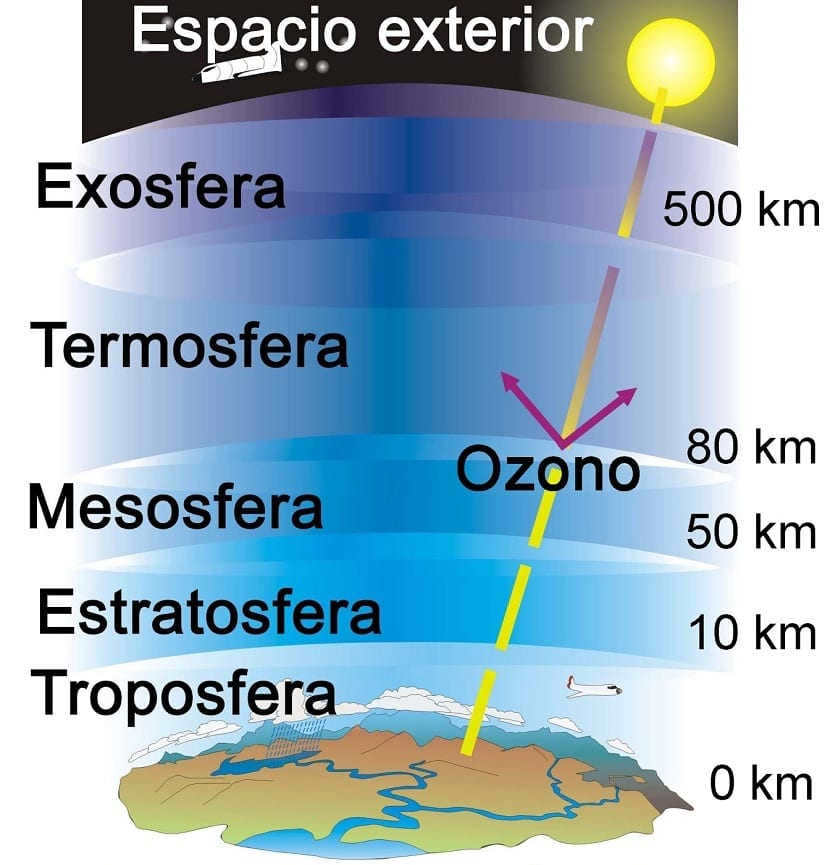

The layers of the atmosphere are composed of the troposphere, stratosphere, mesosphere, thermosphere, and exosphere. This information is sourced from http://pulidosanchezbiotech.blogspot.com.es/p/el-reino-monera-se-caracteriza-por.html
Troposphere
The initial stratum of the atmosphere is known as the troposphere. It is situated in immediate proximity to the Earth’s surface, which is the reason why human beings inhabit this particular layer. The troposphere extends from sea level up to a height of approximately 10-15 km. It is within the troposphere that the development of life on our planet takes place. Any conditions outside of the troposphere are inhospitable to the existence of life. The temperature and atmospheric pressure within the troposphere decrease as the altitude increases.
Meteorological phenomena occur in the troposphere because clouds do not originate from there. These phenomena are created due to the uneven heating caused by the sun in various areas of the planet. This scenario leads to the formation of convection currents and winds, which are accompanied by fluctuations in pressure and temperature that generate storm cyclones. Aircraft travel within the troposphere, and as previously stated, cloud formation and precipitation do not occur outside of this atmospheric layer.
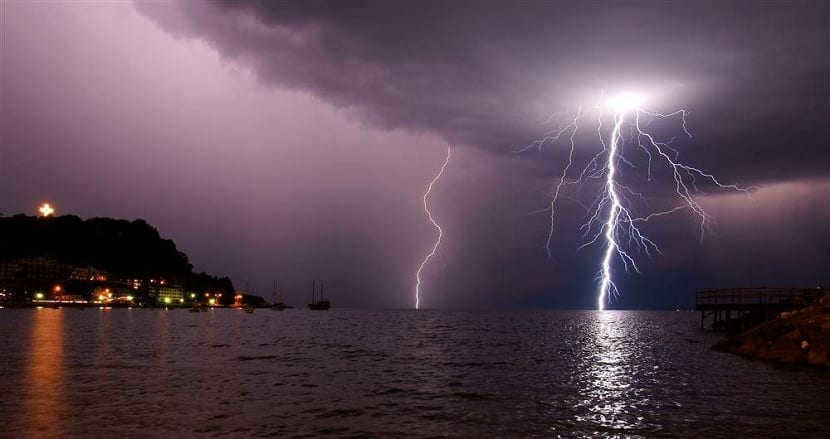

The troposphere is the layer of the Earth’s atmosphere where weather events take place. Reference: http://pulidosanchezbiotech.blogspot.com.es/p/el-reino-monera-se-caracteriza-por.html
Stratosphere
Continuing our examination of the different layers of the Earth’s atmosphere, we come across the stratosphere. This layer is located above the tropopause and stretches from an altitude of 10-15 kilometers to 45-50 kilometers. Unlike the troposphere, where the temperature decreases with altitude, in the stratosphere, the temperature actually increases as you move higher up. This is because as the stratosphere rises in altitude, it absorbs more sunlight, causing the temperature to rise. In other words, the temperature behaves in an opposite manner compared to the troposphere. Initially, the temperature is stable but low, and as you ascend in altitude, the temperature gradually rises.
The absorption of light rays is a result of the presence of the ozone layer at an altitude of 30 to 40 kilometers. The ozone layer is simply a section of the atmosphere with a significantly higher concentration of stratospheric ozone compared to the surrounding areas. Ozone serves as a protective shield against the sun’s harmful radiation. However, when ozone is present at ground level, it becomes a potent air pollutant that can lead to skin, respiratory, and cardiovascular ailments.
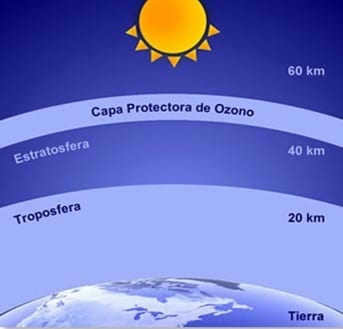

In the stratosphere, there is minimal vertical air movement, but horizontal winds can often reach speeds of up to 200 kilometers per hour. The issue with these winds is that any substance that enters the stratosphere becomes dispersed throughout the entire planet. CFCs serve as an example of this phenomenon. Composed of chlorine and fluorine, these gases are responsible for the destruction of the ozone layer and are distributed worldwide due to the strong stratospheric winds.
At the upper boundary of the stratosphere lies the stratopause. This is the region where the ozone concentration decreases significantly and the temperature remains relatively stable above 0 degrees Celsius. The stratopause marks the transition into the mesosphere.
Mesosphere
The mesosphere is the atmospheric layer that stretches from approximately 50 km to 80 km. The temperature pattern in the mesosphere is comparable to that of the troposphere as it descends in height. Despite its coldness, this section of the atmosphere possesses the remarkable ability to intercept meteorites hurtling towards Earth, causing them to incinerate and create stunning streaks of light in the nocturnal heavens.
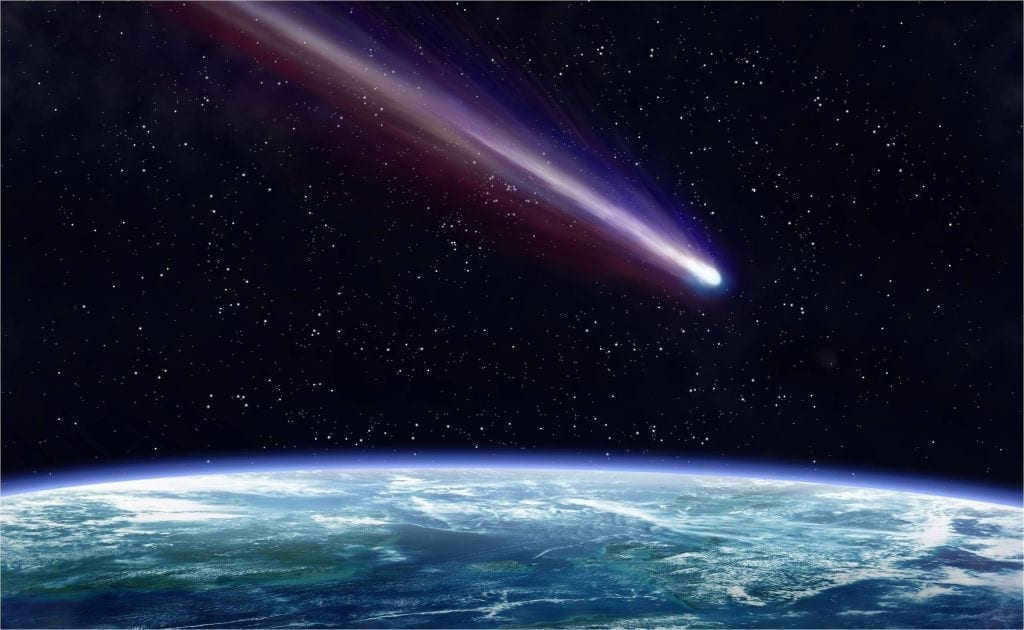
The mesosphere is the thinnest layer of the atmosphere, accounting for only 0.1% of the total air mass and capable of dropping temperatures as low as -80 degrees Celsius. This layer plays host to significant chemical reactions and, owing to its low air density, creates various turbulences that aid spacecraft upon reentry by allowing them to detect the underlying wind patterns and not solely rely on aerodynamic braking techniques.
Thermosphere
The thermosphere is the largest layer of the Earth’s atmosphere, stretching from an altitude of 80-90 kilometers up to 640 kilometers. Unlike the lower layers of the atmosphere, the thermosphere is mostly devoid of air molecules. Instead, the particles in this region are ionized by intense ultraviolet radiation. Due to the high concentration of ions, this layer is also referred to as the ionosphere. The ionosphere plays a crucial role in the transmission of radio waves. When radio waves encounter the ionized air in this layer, some of their energy is absorbed, while others are refracted or deflected back towards the Earth’s surface.
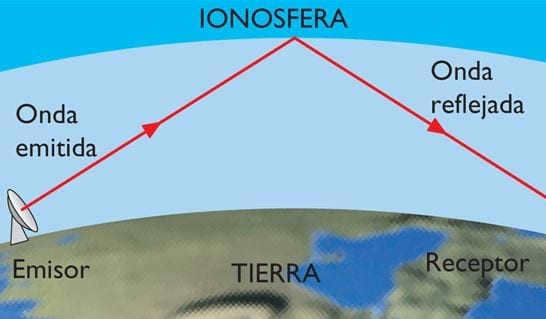

The temperature within the thermosphere can reach extremely high levels, reaching thousands of degrees Celsius. The sun’s rays energize all particles within this layer, resulting in strong charges. Additionally, unlike the previous layers of the atmosphere, the distribution of gases in the thermosphere is not uniform.
Within the thermosphere, we can find the magnetosphere. This particular region of the atmosphere provides protection from the solar wind due to the Earth’s gravitational field.
The exosphere
The exosphere is the outermost layer of the atmosphere. It is located at the greatest distance from the surface of the Earth, making it highly uncertain and not officially recognized as a separate layer. Its altitude ranges from 600-800 km to 9,000-10,000 km. The exosphere serves as a boundary between our planet and space, allowing atoms to escape. Primarily composed of hydrogen, it plays a crucial role in shaping the Earth’s atmosphere.
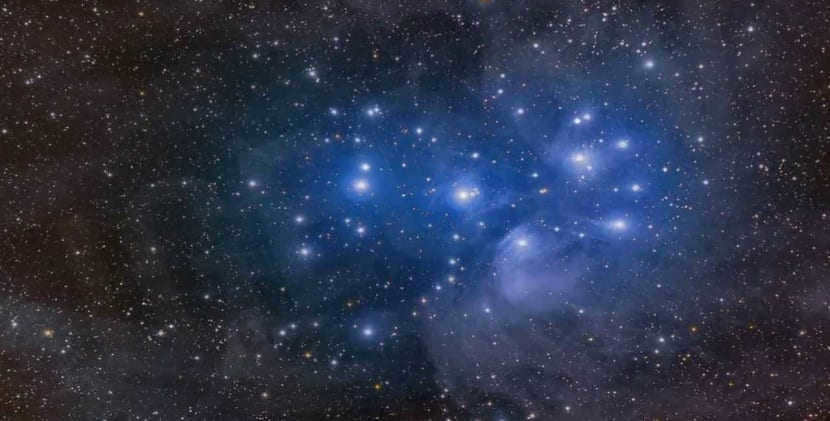

The exosphere contains significant quantities of stardust.
As evidenced, the various layers of the atmosphere encompass diverse phenomena and serve distinct purposes. From precipitation, air currents, and atmospheric pressure to the ozone layer and ultraviolet radiation, each layer of the atmosphere fulfills a unique role in sustaining life on Earth.
Evolution of the Atmosphere
The atmosphere, in its current form, has not always existed. Over the course of millions of years, from the creation of planet Earth to the present, the composition of the atmosphere has undergone significant transformations.
Earth’s initial atmosphere was formed by a record-breaking, extensive rainfall, which led to the creation of the oceans. The composition of the pre-life atmosphere mostly consisted of methane. During this period, which was over 2.300 billion years ago, the surviving organisms were primarily methanogens and anoxic organisms, meaning they did not require oxygen to live. Methanogens can still be found today in lake sediments or in the digestive systems of cows, where oxygen is scarce. During this time, Earth was still in its early stages and received less sunlight, but the concentration of methane in the atmosphere was significantly higher, approximately 600 times more than current pollution levels. This resulted in a potent greenhouse effect, capable of raising global temperatures due to methane’s ability to retain heat.

During a time when the atmosphere lacked oxygen, Methanogens were dominant on Earth. This was back when the composition of the atmosphere was different from what it is today. Source: http://pulidosanchezbiotech.blogspot.com.es/p/el-reino-monera-se-caracteriza-por.html
Later on, as cyanobacteria and algae spread, oxygen began to fill the planet and alter the composition of the atmosphere. Over time, through plate tectonics and the reorganization of continents, carbonates were distributed throughout the Earth. This transitioned the atmosphere from a reducing environment to an oxidizing one. The concentration of oxygen fluctuated, but eventually stabilized at around 15%.
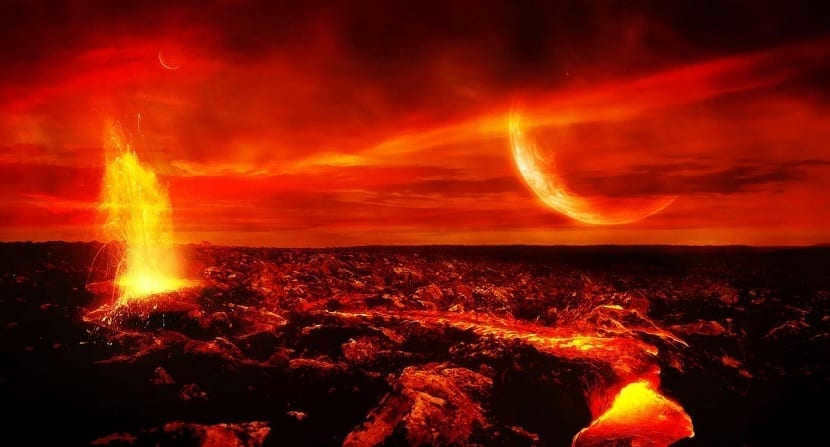
An ancient atmosphere made up of methane. Reference: http://pulidosanchezbiotech.blogspot.com.es/p/el-reino-monera-se-caracteriza-por.html
The information presented in this article adheres to our editorial principles. If you spot any inaccuracies, please click here.
Summary of Full Article: Network Meteorology ” Meteorology ” Science ” Atmosphere Layers


Our planet sustains life thanks to the layer of diverse gases enveloping it. This layer is held in place by gravity. This layer is known as the earth’s atmosphere and its exact thickness is hard to determine due to the gases gradually becoming less dense as altitude increases, extending several hundred kilometers from the surface.
The earth’s atmosphere serves various vital functions for life on the planet, and without it, life as we know it would not be possible. Are you curious to learn more about the atmosphere?
Structure of the atmosphere


The composition of the Earth’s atmosphere consists of a diverse mixture of gases, with the majority being concentrated in the homosphere, which spans from the Earth’s surface up to an altitude of 80-100 kilometers. In fact, this layer contains an astounding 99.9% of the entire mass of the atmosphere.
Among the gases that comprise the atmosphere, it is important to note the presence of nitrogen (N2), oxygen (O2), argon (Ar), carbon dioxide (CO2), and water vapor. It is crucial to recognize that the concentrations of these gases vary with altitude, with the levels of water vapor experiencing particularly noticeable fluctuations, especially in the lower layers near the Earth’s surface.
The air undergoes changes in density, composition, and temperature as it ascends through the layers of the atmosphere.
The different layers of the atmosphere
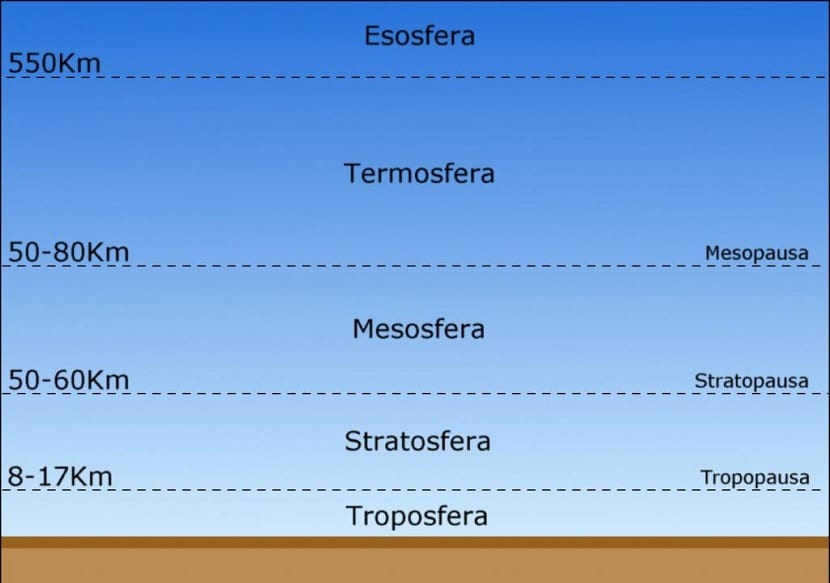

The atmosphere is categorized into various layers based on their composition, density, and temperature. Here is an overview of the atmospheric layers.
Troposphere: This layer is the closest to the Earth’s surface and is where life and most weather phenomena occur. It extends up to approximately 10 km at the poles and 18 km at the equator. In the troposphere, the temperature gradually decreases with increasing altitude until it reaches -70 °C. The upper boundary of the troposphere is known as the tropopause.
Stratosphere: The layer known as the stratosphere experiences a temperature increase of about -10ºC at an altitude of 50 km. This layer also contains the highest concentration of ozone, commonly referred to as the “ozone layer.” Ozone plays a crucial role in protecting the Earth’s surface by absorbing harmful ultraviolet and infrared radiation from the Sun. The topmost part of the stratosphere is called the stratopause.
Mesosphere: Moving further up, the mesosphere is characterized by a decrease in temperature with increasing altitude, reaching as low as -140ºC. The mesosphere extends up to an altitude of 80 km, where it transitions into the mesopause.
Thermosphere: The final layer, known as the thermosphere, extends several hundred kilometers above sea level and experiences a significant temperature increase of up to 1000ºC. The gases in this layer have a very low density and become ionized.
What is the significance of the atmosphere?
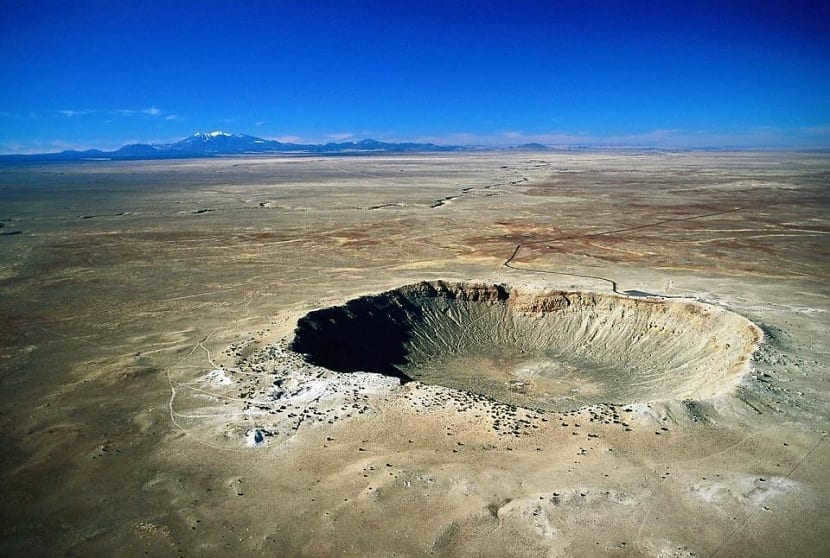
Our atmosphere plays a crucial role for multiple reasons. Rather than just important, we must emphasize that it is indispensable. The presence of the atmosphere enables the existence of life on our planet as it absorbs the majority of the sun’s ultraviolet radiation through the ozone layer. In the event of a meteor orbiting the Earth and descending towards us, the atmosphere takes responsibility for their disintegration into particles due to the friction they encounter upon entering the air. Without an atmosphere, the collision velocity of these objects would be the combination of their inherent cosmic velocity (measured from our planet) and the acceleration caused by the Earth’s gravity, thus highlighting the vital importance of having an atmosphere.
One more crucial role played by the atmosphere is the magnetosphere. This specific part of the Earth’s outer atmosphere is responsible for our protection by repelling the solar wind, which carries electromagnetic radiation.
The magnetosphere shields us from being engulfed by solar storms thanks to the Earth’s magnetic field.
The atmosphere also plays a significant role in the development of biogeochemical cycles. It is responsible for the current composition of the atmosphere, which is a result of plant photosynthesis. Additionally, the atmosphere regulates the climate and the environment in which humans reside (specifically in the troposphere). It generates meteorological events like rain, which is the source of water for us, and maintains the necessary levels of nitrogen, carbon, and oxygen.
The influence of humans on the Earth’s atmosphere
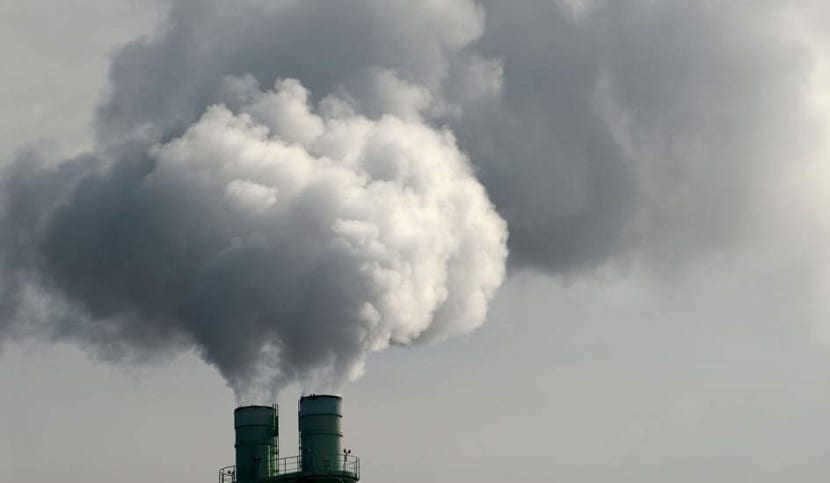

Regrettably, human activities are leading to alterations in the atmosphere’s composition. The release of greenhouse gases like carbon dioxide and methane is on the rise, along with nitrogen oxide emissions that result in acid rain.
The continuous growth of these greenhouse gases is leading to a phenomenon known as global warming. The temperatures across the entire planet are steadily increasing, which disrupts the equilibrium of various ecosystems. As a result, climate patterns are shifting, resulting in climate change. This change in weather patterns contributes to the escalation in the frequency and intensity of extreme weather events, such as hurricanes, tornadoes, floods, and droughts. Additionally, cycles of natural phenomena like El Niño and La Niña are also undergoing transformations. Moreover, numerous species are either relocating or perishing due to alterations in their habitats, while the melting of polar ice caps is causing a rise in sea levels.
The content of this article adheres to our editorial ethics guidelines. If you wish to report an error, please click here.
Summary of the Article: Network Meteorology “Meteorology” Understanding the atmosphere and its significance

In the atmosphere, all the way up to the ozone layer, there exist microorganisms known as aeroplankton. However, it is not only bacteria that have the ability to survive in the stratosphere. For instance, there was an incident where an African vulture, a unique type of vulture, entered an airplane engine at an altitude of 11.5 kilometers. Additionally, there are ducks that peacefully fly over Mount Everest during their migration.
However, the stratosphere has hosted more than just humans, with one notable individual setting a height record. Alan Eustace, the vice-president of Google, accomplished this feat at the age of 57. Utilizing a specialized hot air balloon, he ascended to a staggering altitude of 41 kilometers above sea level before bravely leaping back down with the aid of a parachute. Eustace’s descent reached an astounding speed of 1,342 km/h, surpassing the speed of sound. What makes this achievement even more remarkable is that Eustace achieved this milestone unassisted, without the aid of a spacesuit for life support or landing parachutes in their entirety.
Interestingly, Eustace required an explosive device to detach from the balloon, similar to the mechanism employed by space rockets when separating their stages.
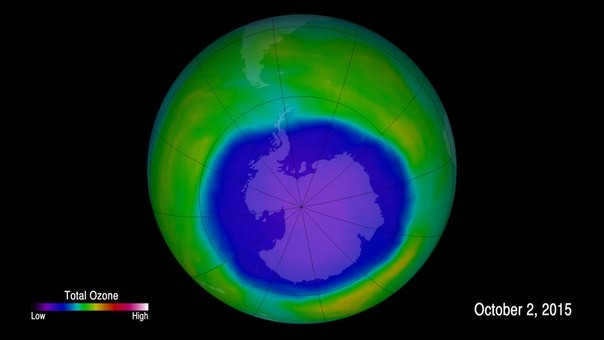
The boundary between the stratosphere and the mesosphere is where you’ll find the renowned ozone layer. Its primary function is to shield the Earth’s surface from ultraviolet rays, while also acting as the upper limit for life on our planet. Beyond this layer, temperature, pressure, and cosmic radiation would swiftly eliminate even the most resilient bacteria.
But how did this protective shield come into existence? The answer is extraordinary – it was formed by living organisms, specifically oxygen. For countless ages, various bacteria, algae, and plants have been producing oxygen. When this oxygen rises high in the atmosphere, it interacts with ultraviolet radiation and undergoes a photochemical reaction. Consequently, the ordinary oxygen we breathe, O2, is transformed into ozone, O3.
Mesosphere
can be rephrased as
The Mesosphere
or
The Layer Above the Stratosphere
.
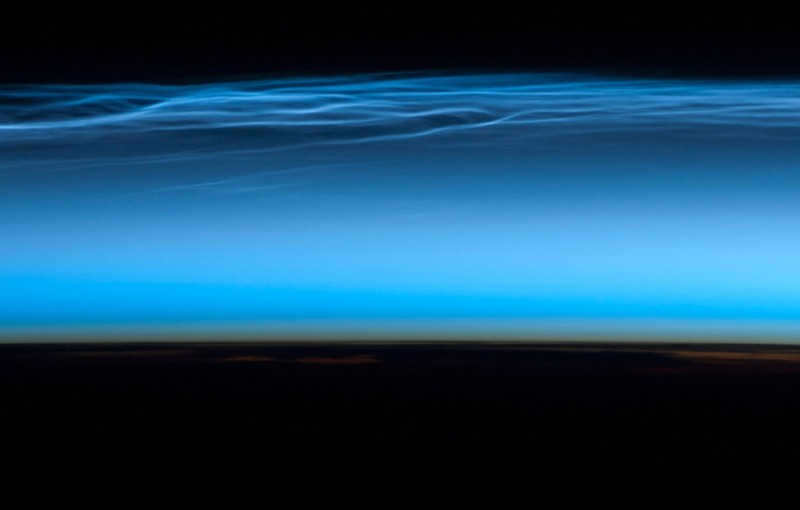
The mesosphere, situated above the stratopause, which is the stable temperature boundary layer in the stratosphere, is a topic we have previously discussed. This particular layer, occupying a relatively small altitude range of 40-45 to 90 kilometers, is recognized as the coldest region on Earth. In fact, in the mesopause, the uppermost section of the mesosphere, the temperature drops to a chilling -143°C.
The mesosphere, the least explored region of the Earth’s atmosphere, presents unique challenges for flight. With gas pressure thousands to tens of thousands of times lower than at the surface, traditional methods of aerial transportation are rendered ineffective. Balloons lose their lifting force and remain stationary, while jet airplanes struggle to maintain aerodynamic stability. The solution lies in rocket-powered aircraft, known as rocketplanes, which are capable of flying in the mesosphere. The X-15 rocketplane, currently holding the title of the world’s fastest aircraft, soared to a staggering altitude of 108 kilometers and achieved speeds of 7200 km/h – equivalent to 6.72 times the speed of sound.
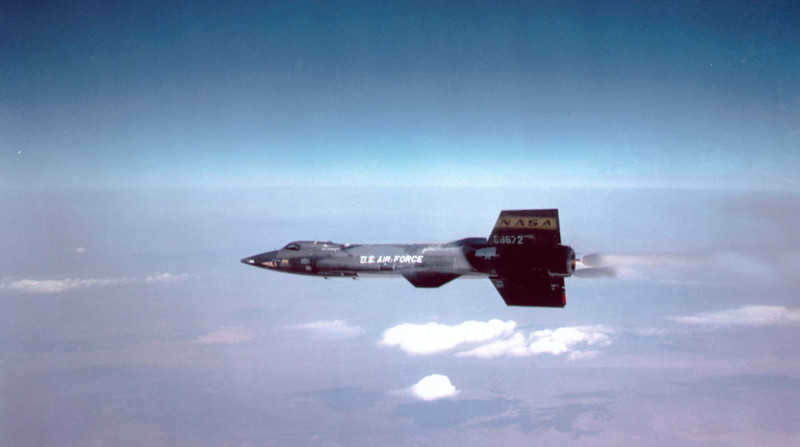

However, the X-15’s groundbreaking flight lasted only 15 minutes. This highlights a common challenge with vehicles traversing the mesosphere—they move too swiftly to conduct thorough research and remain at a specific altitude for a brief duration before ascending or descending. Moreover, satellites or suborbital probes cannot explore the mesosphere due to the low pressure in this atmospheric layer, which decelerates (and occasionally incinerates) spacecraft. Given these obstacles, scientists often refer to the mesosphere as the “ignorosphere” (derived from the English words “ignorosphere,” where “ignorance” signifies lack of knowledge or awareness).

After losing its mass in the mesosphere, the remains of extraterrestrial beings settle on our planet as cosmic dust – every day, between 100 to 10,000 tons of meteoritic material falls to Earth. Due to the lightweight nature of individual dust particles, it takes approximately one month for them to reach the Earth’s surface! Once they reach the clouds, they have the ability to weigh them down and even induce rainfall – similar to volcanic ash or particles from nuclear explosions. However, the impact of space dust on rain formation is considered to be minimal – even with 10,000 tons, it is insufficient to significantly alter the natural circulation of Earth’s atmosphere.
The thermosphere is depicted in the picture, with a shuttle positioned on the Karman line, showcasing the distinct layers of the atmosphere.
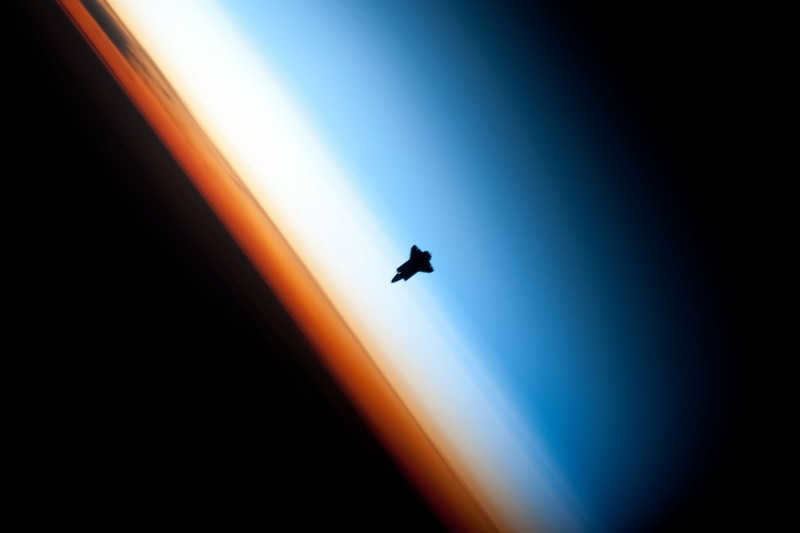
Located above the mesosphere, at an elevation of 100 kilometers above sea level, lies the Karman line – the conventional boundary separating Earth from space. While there are gases present in this region that rotate with the Earth and technically enter the atmosphere, their concentration above the Karman line is extremely low. As a result, any flight surpassing an altitude of 100 kilometers is already classified as a space flight.
The lower boundary of the thermosphere, the longest layer of the atmosphere, coincides with the Karman line. It extends up to an elevation of 800 kilometers and experiences extreme heat – reaching a maximum temperature of 1800°C at an altitude of 400 kilometers!
It’s quite hot, isn’t it? When the temperature reaches 1538°C, iron starts to liquefy – so how do spaceships remain intact in the thermosphere? The answer lies in the incredibly low gas concentration found in the upper atmosphere – the pressure in the middle of the thermosphere is 1000000% lower than the air concentration near the Earth’s surface! While the energy of individual particles is high, the distance between them is immense, effectively creating a vacuum around the spacecraft. However, this doesn’t help dissipate the heat generated by the mechanisms onboard – to tackle this issue, all spaceships are equipped with radiators that release excess energy for heat dissipation.
By the way, when it comes to extreme temperatures, it is worth taking into account the density of glowing substance – thus, researchers at the Andron Collider are capable of heating matter to the same temperature as the Sun. However, it is important to note that this would only involve individual molecules – a mere gram of star material would suffice for a tremendously powerful explosion. Hence, we should not trust the tabloids that predict the impending apocalypse caused by the Collider, nor should we fear the intense heat in the thermosphere.

The thermosphere is an expanse of unoccupied space – it was in this realm that the first Soviet Sputnik orbited. It also housed the apocenter – the highest point above the Earth – of the Vostok-1 flight carrying Yuri Gagarin. Numerous artificial satellites, including those used for studying the Earth’s surface, ocean, and atmosphere like Google Maps satellites, are launched to this altitude. Therefore, when referring to LEO (Low Earth Orbit, a widely-used term in space science), it is safe to say that 99% of the time it is situated within the thermosphere.
Orbital flights of individuals and creatures don’t simply occur in the thermosphere. The thing to note is that in its upper segment, at a height of 500 kilometers or higher, the Earth’s radiation belts stretch out. It is in that spot that charged particles from the solar wind are caught and amassed by the magnetosphere. Enduring presence in the radiation belts brings about hopeless damage to living beings and even hardware – that is the reason all vehicles in high orbit are furnished with radiation shielding.
Aurora Borealis: Nature’s Dazzling Display
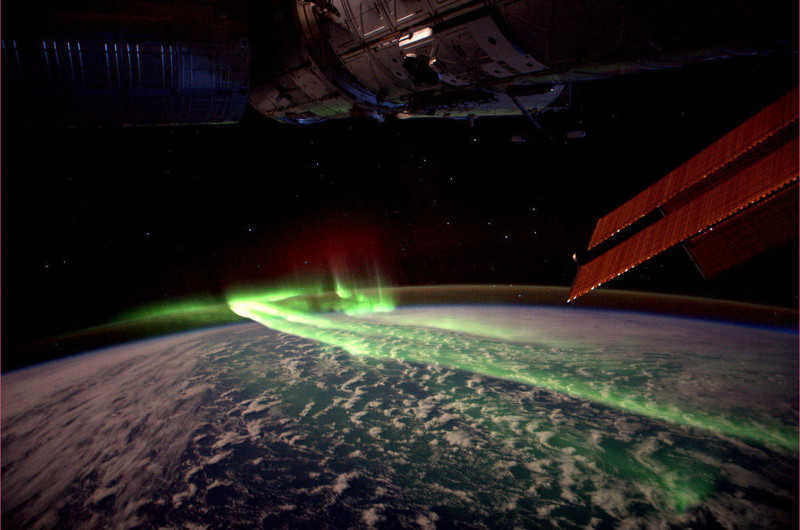
In the polar regions, there is a breathtaking and magnificent phenomenon that occurs – the auroras. These mesmerizing displays appear as long, glowing arcs with a variety of colors and shapes, creating a shimmering spectacle in the sky. The reason behind their presence lies in Earth’s magnetosphere, specifically the openings near the poles. When charged particles from the solar wind penetrate these gaps, they cause the atmosphere to emit a radiant glow. To witness the most awe-inspiring auroras and gain a deeper understanding of their origins, explore this captivating destination.
Exosphere
The exosphere is the outermost layer of the Earth’s atmosphere. It is located above the thermosphere and extends to outer space. The exosphere is characterized by extremely low density and pressure, and it is where the atmosphere gradually merges with the vacuum of space. This transition zone is known as the exobase. The exosphere is composed mainly of hydrogen and helium, but it also contains trace amounts of other gases. The exosphere plays a crucial role in the escape of gases from Earth into space. It is also the region where satellites and other spacecraft orbit the Earth.

The exosphere, which is the uppermost layer of Earth’s atmosphere and starts at an altitude of 700 kilometers, is known for its incredible dispersion. Composed primarily of hydrogen atoms, it also contains some ionized atoms of oxygen and nitrogen that have been heavily influenced by the penetrating radiation from the Sun.
The exosphere of Earth is of immense size, expanding into the planet’s geocorona, also known as the Earth’s corona, which extends up to 100,000 kilometers from the surface. It is highly rarefied, with particle density millions of times lower than that of regular air. However, if a spacecraft at a great distance from Earth were to have its view obstructed by the Moon, our planet’s corona would become visible, much like the corona of the Sun during a solar eclipse. Nonetheless, this phenomenon remains unobserved thus far.


The exosphere is also where the Earth’s atmosphere undergoes weathering – due to its significant distance from the planet’s gravitational center, particles can easily separate from the overall gas mass and enter their own orbits. This process is known as atmospheric dissipation. Every second, our planet loses 3 kilograms of hydrogen and 50 grams of helium from its atmosphere. These particles are the only ones light enough to escape the overall gas mass.
It is an interesting fact that “prophets” of the end of the world often claim that if the Earth’s core stops rotating, the solar wind will quickly erode the atmosphere. However, our reader is aware that the gravitational forces keep the atmosphere close to the Earth, regardless of the core’s rotation. Venus serves as a clear example of this, as it has a stationary core, a weak magnetic field, and an atmosphere that is 93 times denser and heavier than Earth’s. Nevertheless, this does not imply that it is safe to halt the Earth’s core dynamics, as doing so would cause the planet’s magnetic field to vanish. The magnetic field plays a crucial role not only in retaining the atmosphere but also in shielding it from charged particles of the solar wind, which could easily transform our planet into a radioactive wasteland.
Astronomical significance of Earth’s atmosphere
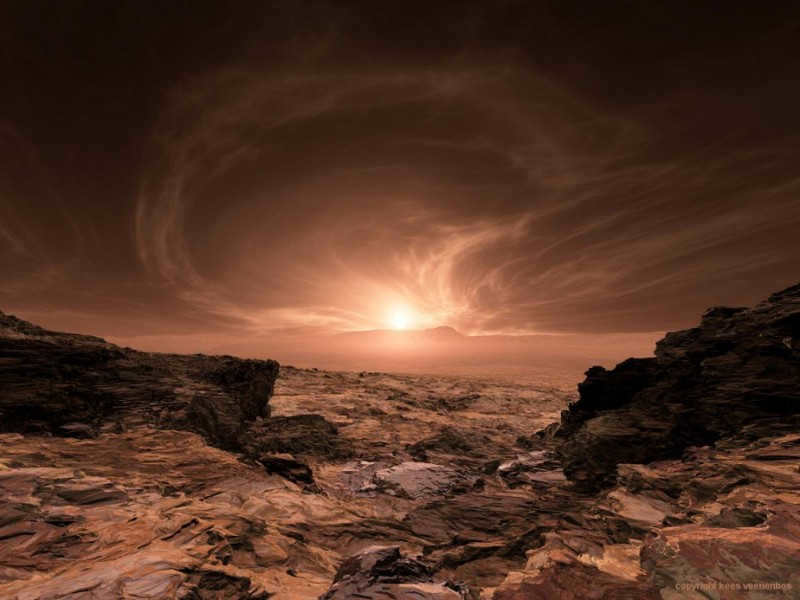
We can uncover the composition of other planets’ atmospheres by observing the different colors they display. For example, Mars has a reddish atmosphere that matches its surface due to its high concentration of carbon dioxide. This principle also applies to exoplanets, where we can analyze the color spectrum of their atmospheres to gain insights into their composition, even if we have no knowledge of their physical appearance.
And by examining the makeup of the atmosphere, we can gain valuable insights into the planet. The presence of significant levels of carbon dioxide indicates the presence of active volcanoes and ongoing geological processes. While the presence of water vapor in the atmosphere does not necessarily indicate the presence of surface oceans, it does serve as a potential source of oxygen. In fact, an abundance of oxygen in the atmosphere is a strong indicator of the existence of life. As we already know, oxygen from non-living sources is quickly consumed in chemical reactions, so a biotic source is necessary to sustain its levels.
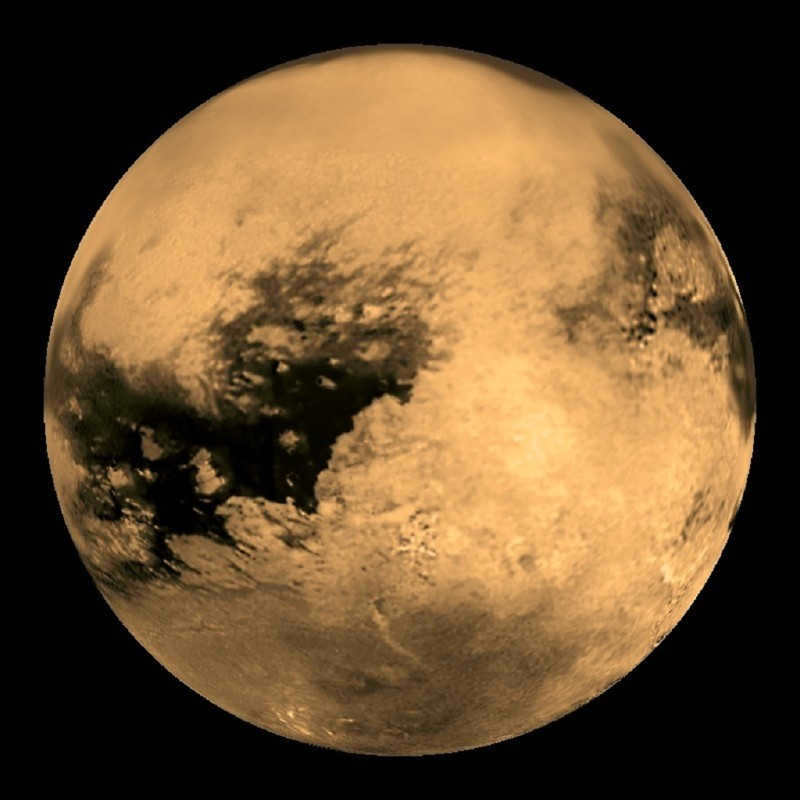
Moreover, similar chemical laws govern the circulation of all gases and liquids. While water is a remarkably unique substance, it is not an essential constituent of the atmosphere. Titan, one of Saturn’s moons, possesses a gas envelope that resembles Earth’s in structure. Within this atmosphere, clouds of the same classes form and the same liquid circulates, albeit at a temperature one hundred degrees lower. However, unlike Earth, methane replaces water as the primary component.
Furthermore, the atmosphere also leaves distinct imprints on the Earth’s surface. Even after an extraterrestrial object loses its atmosphere, signs of wind erosion endure. By comparing extraterrestrial and terrestrial landscapes, it becomes possible to accurately determine their respective histories. For instance, theoretical investigations conducted on satellite imagery of Mars’ topography found validation in the observations made by the Mars rovers during their missions.
The gas envelope of celestial bodies is known as the atmosphere. It is not only present on Earth but also on various other celestial objects like the Sun. Although the atmosphere does not have any visible boundaries separating it from interplanetary space, it remains intact due to the gravitational force and rotates along with the celestial body.
The significance of the atmosphere
Let’s consider the importance of the atmosphere using the Earth as an example. The atmosphere plays a crucial role in protecting all living organisms from harmful ultraviolet radiation. Additionally, it acts as a shield against falling meteorites, causing them to burn up before reaching the Earth’s surface. Moreover, the greenhouse effect, which involves the heating of the lower layers of the atmosphere, helps maintain the average temperature outside at a comfortable level. Without this effect, the temperature could drop by as much as 20 or even 30 °C.
Out of all the celestial bodies in the solar system, the Earth’s atmosphere is the only one that contains oxygen, which is crucial for the survival of most organisms. Additionally, the gaseous envelope of the Earth produces precipitation that nourishes rivers and reservoirs.
Composition of the atmosphere
The Earth’s gas envelope consists of 78% nitrogen (N2) and 21% oxygen (O2). The remaining gases, including ozone, methane, argon, radon, carbon dioxide, helium, neon, krypton, hydrogen, and nitrous oxide, make up only 1%.
Furthermore, the atmosphere also contains suspended particles such as metal oxides, minerals, and soot. These particles are carried into the atmosphere through natural processes like rock weathering, as well as industrial activities, automobile emissions, mining, and more.
As a result of the heightened release of nitrous oxide, carbon dioxide, methane, and other greenhouse gases, the Earth’s atmosphere is undergoing a transformation, leading to a rise in the average global temperature by 1.1 °C since the late 1800s. Scientists anticipate that the trend of global warming will persist unless there is a reduction in air pollution levels.
Formation of Climate
The Earth’s climate is shaped by various factors, with the main one being the tilt of the Earth’s axis. This tilt, which is about 23.44 degrees from perpendicular to the Earth’s orbit, leads to an uneven distribution of the sun’s rays across the planet’s surface. As a result, different climate belts are formed, including the Arctic, tropical, equatorial, temperate, and other regions.
Climate refers to the long-term weather patterns that occur in a specific area over tens and hundreds of years. Several factors influence the formation of climate:
Geographic latitude plays a crucial role in determining the amount of heat that reaches the Earth’s surface. The angle at which the sun’s rays fall directly affects this. In the tropics, where the sun’s rays are at a 90-degree angle, the temperature is the highest. As one moves towards the poles, the temperature gradually decreases. The lowest temperature ever recorded, as low as -89.2 degrees Celsius, was in Antarctica. On the other hand, the Desert of Deshte Lut in Iran holds the record for being the hottest place on Earth, with temperatures reaching up to 71 degrees Celsius.
Winds can vary in their direction, with some being constant, while others change seasonally and locally within specific areas. These winds have the ability to carry either moist or dry air.
Ocean currents also play a role in influencing climate. Warm currents, such as the Gulf Stream in the Northern Hemisphere, can warm the air. In contrast, cold currents, like the West Wind Current in the Southern Hemisphere, can make the climate more harsh.
The terrain of an area can also impact climate. High mountains that are covered in ice and snow can reflect a significant amount of solar energy back into the atmosphere. Additionally, these mountains can restrict the movement of air masses. As a result, there are regions on Earth that experience either excessive or insufficient rainfall. For instance, the arid climate of Central Asia can be attributed to the presence of numerous nearby high mountains.
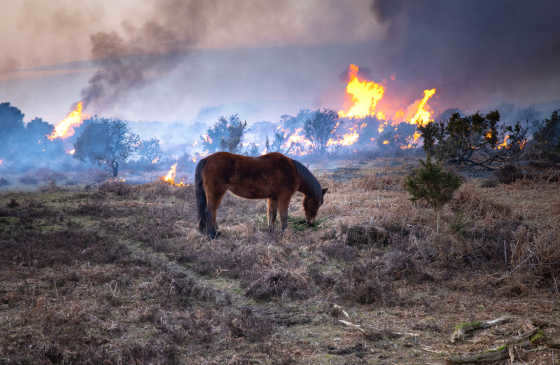
Displacement of populations, famine and extinction: the peril of global warming
Four key conclusions from the United Nations Intergovernmental Panel of Experts
Composition and Formation of the Atmosphere
The atmosphere of the Earth is composed of multiple layers, with the denser ones being pulled towards the planet’s surface by gravity.
Troposphere
The troposphere is the lowest layer of the atmosphere and is composed of approximately 80% of the air. Its upper boundary is located at an altitude of 7 to 20 km. As it extends further from the Earth’s surface, the troposphere becomes less dense and experiences a decrease in temperature, with the minimum temperature reaching -56 °C. This layer is responsible for the formation of clouds, wind, cyclones, and other climate-affecting phenomena.
The lower portion of the troposphere, known as the planetary boundary layer, extends to a depth of 1-2 km. Within this layer, turbulent flows occur, characterized by swirling movements of air masses with varying amplitudes and speeds. These turbulent flows can be felt when flying in an airliner or passing through clouds. They facilitate the exchange of heat and moisture between different layers of the atmosphere.
The tropopause, located between the troposphere and the stratosphere, marks the boundary where the temperature stops decreasing.
Stratosphere
The stratosphere is a layer of the Earth’s atmosphere that is located above the troposphere and below the mesosphere. It is characterized by the presence of the ozone layer and plays a crucial role in protecting life on Earth from harmful ultraviolet radiation. Additionally, the stratosphere is where most commercial airplanes fly, as it offers stable and calm air currents. Overall, the stratosphere is an important part of our atmosphere that deserves attention and study.
The stratosphere, located between 8 and 50 kilometers above the Earth’s surface, contains an important layer called the ozone layer. This layer plays a crucial role in protecting living organisms from the harmful effects of light, ultraviolet radiation, and thermal radiation from the sun. Unfortunately, certain parts of the ozone layer have experienced thinning. The largest depletion, known as the ozone hole, can be found over Antarctica and covers an area of nearly 23 million square kilometers. It was first observed by scientists in the late 1970s, and it is primarily caused by the presence of atmospheric pollutants such as fluorine, carbon, and chlorine compounds. These compounds are commonly used in refrigeration systems, air conditioners, aerosols, and foaming agents. While they may not pose immediate risks to human health, the consequences of ozone depletion can be catastrophic. Thankfully, international efforts have been successful in reducing harmful emissions by over 90% by 2015. As a result, the ozone layer is now gradually recovering, according to meteorologists. It is even projected that the Antarctic ozone hole could potentially close completely by the middle of the 21st century.
